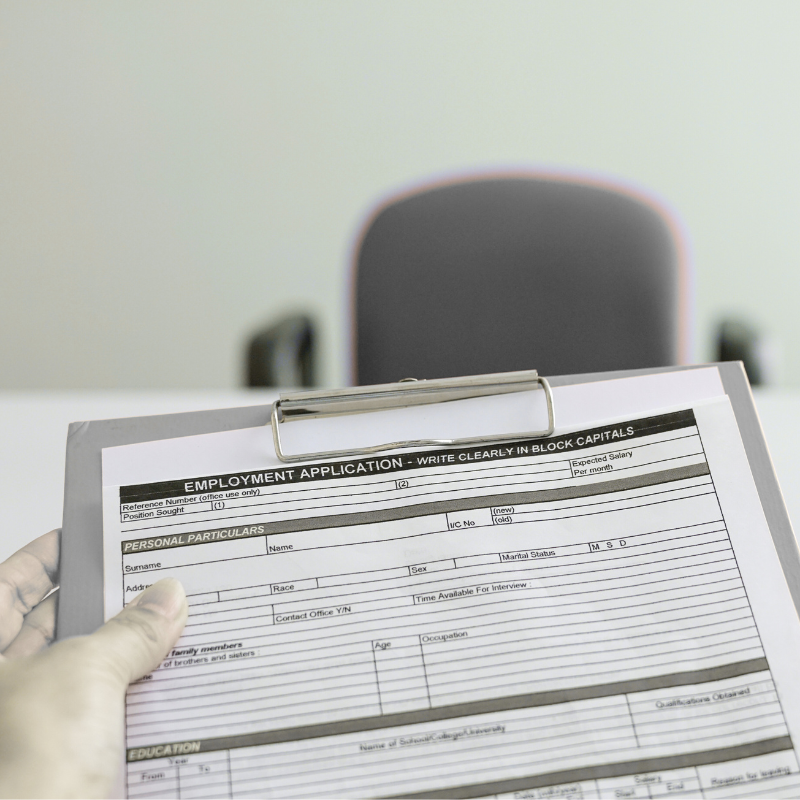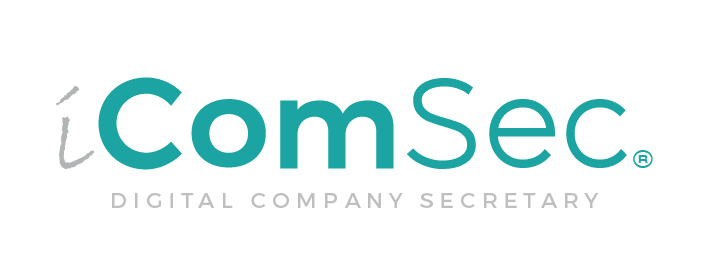
Essential Tax Forms Employers Must Know in Malaysia
Types of Tax Forms Related to Employers
As an employer in Malaysia, it is your responsibility to ensure timely submission of tax-related forms to the Inland Revenue Board of Malaysia (LHDN). These forms cover matters such as employee registration, resignation, annual remuneration, and updates to company details.
To help you stay compliant, here is a complete list of the most common employer tax forms in Malaysia, with their purpose and submission methods.
Employer Tax Forms in Malaysia
Form Type | Description | Submit Method |
Form CP600 E | Register Employer Number (e-number) | Online via MyTax > e-Daftar |
Form E & CP8D | Report of Employee Status to LHDN | Online via MyTax > Form E |
Form CP600B | Update/Change of Employer’s Address | Submit to LHDN branch in charge OR online via MyTax > e-Kemaskini |
Form CP22 | Notification of New Employee | Online via MyTax > e-CP22 |
Form CP22A | Notification of Cessation of Employment (for private sector employees leaving) | Online via MyTax > e-SPC |
Form CP21 | Notification by Employer of Employee Leaving Malaysia | Online via MyTax > e-SPC |
Form C.P8A (EA) | Statement of Annual Remuneration from Employment | Download from LHDN website, give to employees |
Form PCB 2(II) | Statement of Tax Deductions by Employer (PCB) | Download from LHDN website, complete and give to employees |
Form PCB/TP 1 | Claim for Deductions and Rebates for PCB Purposes | Download from LHDN website, submit to employer |
Form PCB/TP 2 | Information of Employee’s Previous Employer in the Current Year | Download from LHDN website, submit to employer |
Why Employers Should Pay Attention to These Forms
- Avoid Penalties and Legal Issues – Late or missed submissions may result in fines from LHDN.
- Ensure Tax Compliance – Correct forms ensure smooth tax filing for both employer and employees.
- Demonstrate Professionalism – Proper compliance reflects positively on your business credibility.
Common Mistakes to Avoid
- Forgetting to submit CP22A or CP21 when employees resign or leave Malaysia.
- Not updating CP600B after changing company address.
- Misunderstanding EA Form (C.P8A) – this form is for employees, not LHDN.
✅ By understanding and managing these forms properly, employers can ensure full compliance with Malaysian tax regulations.
👉 Need professional support?
At iComSec, we provide corporate secretarial services, tax compliance, and HR advisory to help businesses handle all employer obligations with LHDN efficiently.
📞 Contact us today to ensure your company stays 100% compliant with Malaysian regulations!
Frequently Asked Questions (FAQ) on Employer Tax Forms in Malaysia
- What is Form E and when must it be submitted?
Form E is a declaration of the company’s employment status for each year. Employers must submit it to LHDN by 31 March of the following year. It includes details of all employees, even if there are none. - What is the EA Form (C.P8A)?
The EA Form is a statement of annual remuneration provided by the employer to employees. It must be issued to employees by the last day of February each year so they can file their personal income tax. - What is the difference between Form CP22 and CP22A?
- CP22 – Notification of a new employee joining the company.
- CP22A – Notification of an employee leaving (cessation of employment) in the private sector.
- When should employers use Form CP21?
Employers must submit Form CP21 when an employee is leaving Malaysia for a long period or permanently. This ensures that any outstanding taxes are settled before departure. - What is PCB (Potongan Cukai Bulanan)?
PCB refers to Monthly Tax Deductions from employees’ salaries. Employers must file PCB 2(II) to confirm tax deductions and employees may use PCB/TP 1 or PCB/TP 2 for tax relief claims or to declare previous employment. - What happens if an employer fails to submit these forms?
Failure to submit forms on time may lead to penalties, fines, or legal action by LHDN. It may also cause complications for employees when filing their income tax.
Essential Tax Forms Employers Must Know in Malaysia






